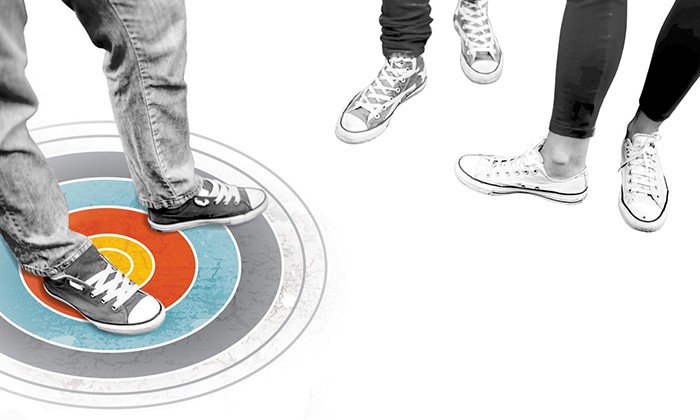Our picture of the classic bullies and their victims – the pale wallflower perched on a gym bench at a school dance or a gangly bookworm hovering at the edge of a basketball game – is due for an update. According to Stephen Russell, chair of The University of Texas at Austin's Department of Human Development and Family Sciences, "Leave It to Beaver-style bullying" isn't the main problem for today's kids. Instead, most social isolation is linked to characteristics like race, ethnicity, gender, sexual orientation or disability.
"We found that three out of every four instances of bullying is based in prejudice and discrimination," he says. "If you are bullied or teased about something that you cannot change, it's not surprising that you would feel threatened."
Researchers explain that this kind of bullying can lead to real problems for young victims, including poorer academic performance, increased substance use and mental health problems, including suicidal thoughts.
That's why many faculty at UT are turning their focus to what the people and institutions around teenagers can do to prevent bullying, fight prejudice and build bridges to benefit individual students and society alike.
"Marginalization puts kids on trajectories that affect their entire life course," says associate professor Aprile Benner. "As a department, we take a number of approaches to figure out what protects adolescents."
1. Look at the big picture.
Recent research by Russell and others has found that major political shifts can have a significant impact on adolescents. For example, when Arizona passed a law in 2010 perceived as anti-illegal immigration, more youth there experienced negative treatment, such as being asked if they were "born here."
Experts recommend that school administrators plan ahead for when current events may stir up sentiments that affect kids.
"We think so much about the individual in the U.S. that we forget how much context matters," says Benner. "Some contexts are easier to change than others. Schools, for example, are more malleable than families."
2. Create supportive schools.
Both Benner and Russell have found that marginalized teens can be buffered from poorer mental health and lower academic performance if they have ways to bridge perceived boundaries with peers. These can include cross-ethnic friendships or school organizations or clubs such as gay-straight alliances.
Because schools are a place where children spend so much of their time, small measures there – such as an increase in student diversity groups, intervention training for teachers and new inclusive curriculum and educational materials – can have a major impact.
"None of these things cost much, especially when you think of the impact on lives if there isn't a change," says Russell. "We just need the will to do it."
3. Involve parents and mentors.
Grown-ups at home and in the community also can help build a supportive environment that's protective of teenagers. According to Benner, achievement gaps in school for vulnerable teens, especially those from low-income households, lessen when parents are more involved in student learning and have high expectations around academic results.
Research by assistant professor Fatima Varner also found that mentors outside the family play a big role. Varner found in one study that African-American teens with strong connections to mentors had better psychological wellbeing and social skills than teens without close mentors.
4. Take bias-based bullying seriously.
Adults can also help by truly listening to young people's experiences of discrimination and helping them deal with those experiences productively.
Varner's research found African-American parents sometimes provide more supportive parenting when responding to the discrimination experiences of daughters versus sons. But discounting young men's experiences can lead to long-term problems.
"Parents of boys should be mindful of their unconscious pull-yourself-up-by-your-bootstraps and negative messaging," says Varner. "If adolescents experience prejudice, without support they may become more distrustful, which in turn can affect their sense of connection to school and work after high school."
Benner, too, has found a link between perceptions of bias and school success. Teens taking classes in less diverse schools perceived more prejudice – and thinking of one's peers as very prejudiced led to lower grade-point averages.
"Toxic environments matter for those who are discriminated against," says Benner. "We need to change the thought process of students holding prejudices and also work to build resilience in the kids who believe they're on the receiving end of it."
The experts agree on this: Prevention of bias and bullying requires some contribution from teens, but much of the onus is on grown-ups. That's because context, tone and guidance – from parents, mentors, school staff and community leaders – factor heavily into how vulnerable youth experience their teen years. Instead of a time of angst and isolation, adolescence can be about something brighter: a happy ending to childhood and a strong start on adulthood, as well.
This is the cover article for the Fall 2017 edition of Gearing Up, the School of Human Ecology newsletter. To read the full edition of the newsletter, click here.









